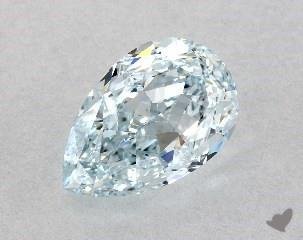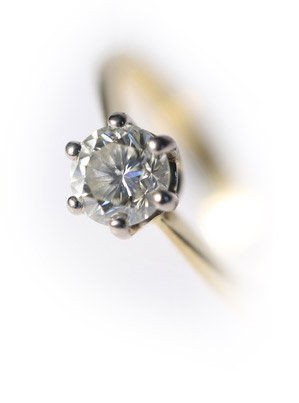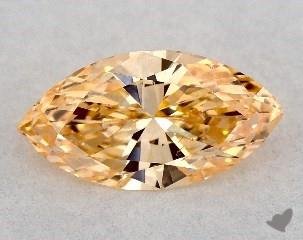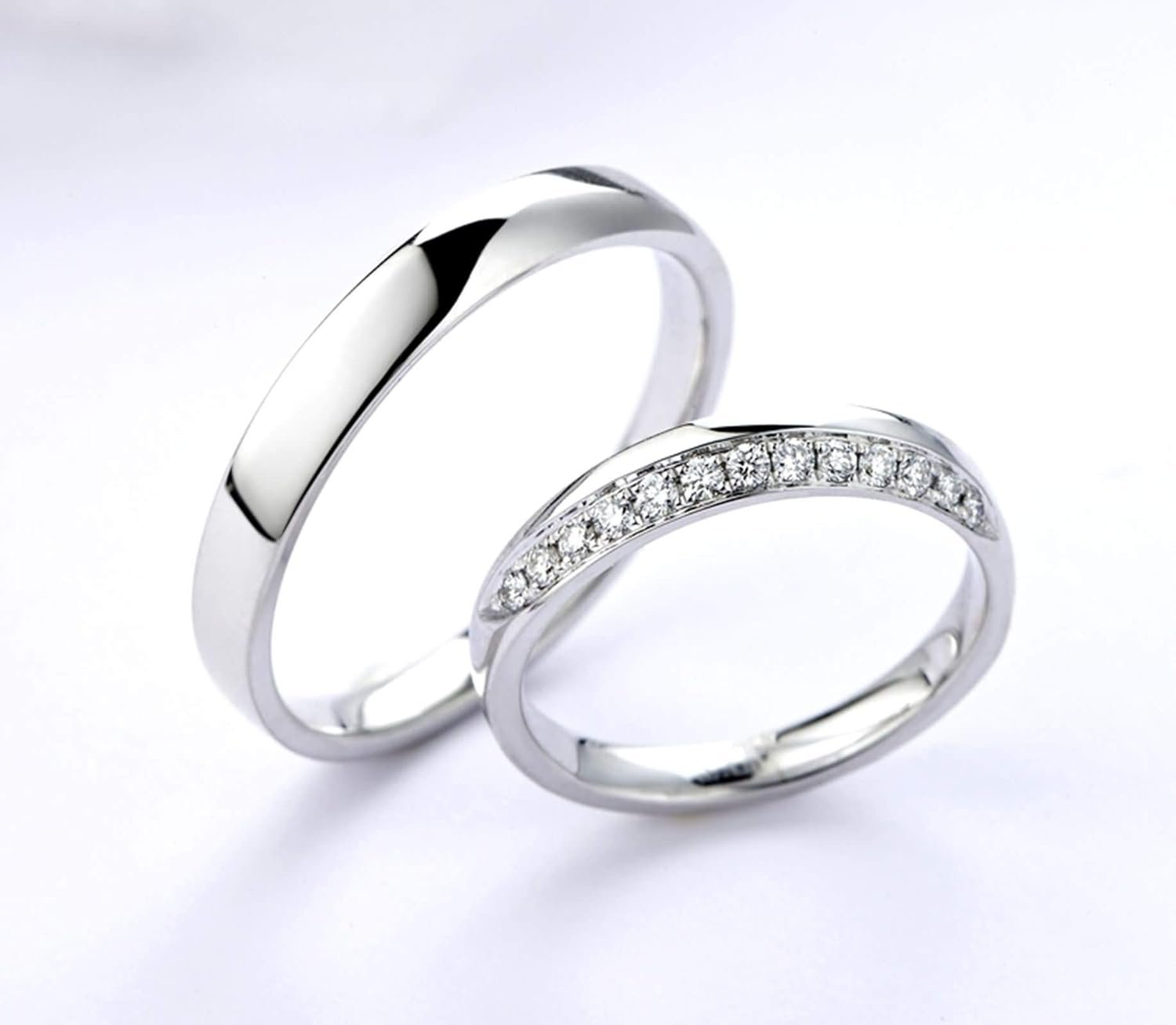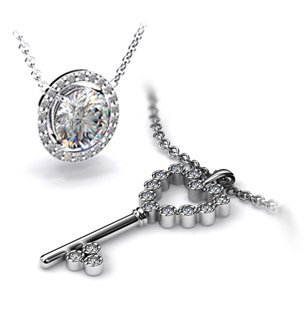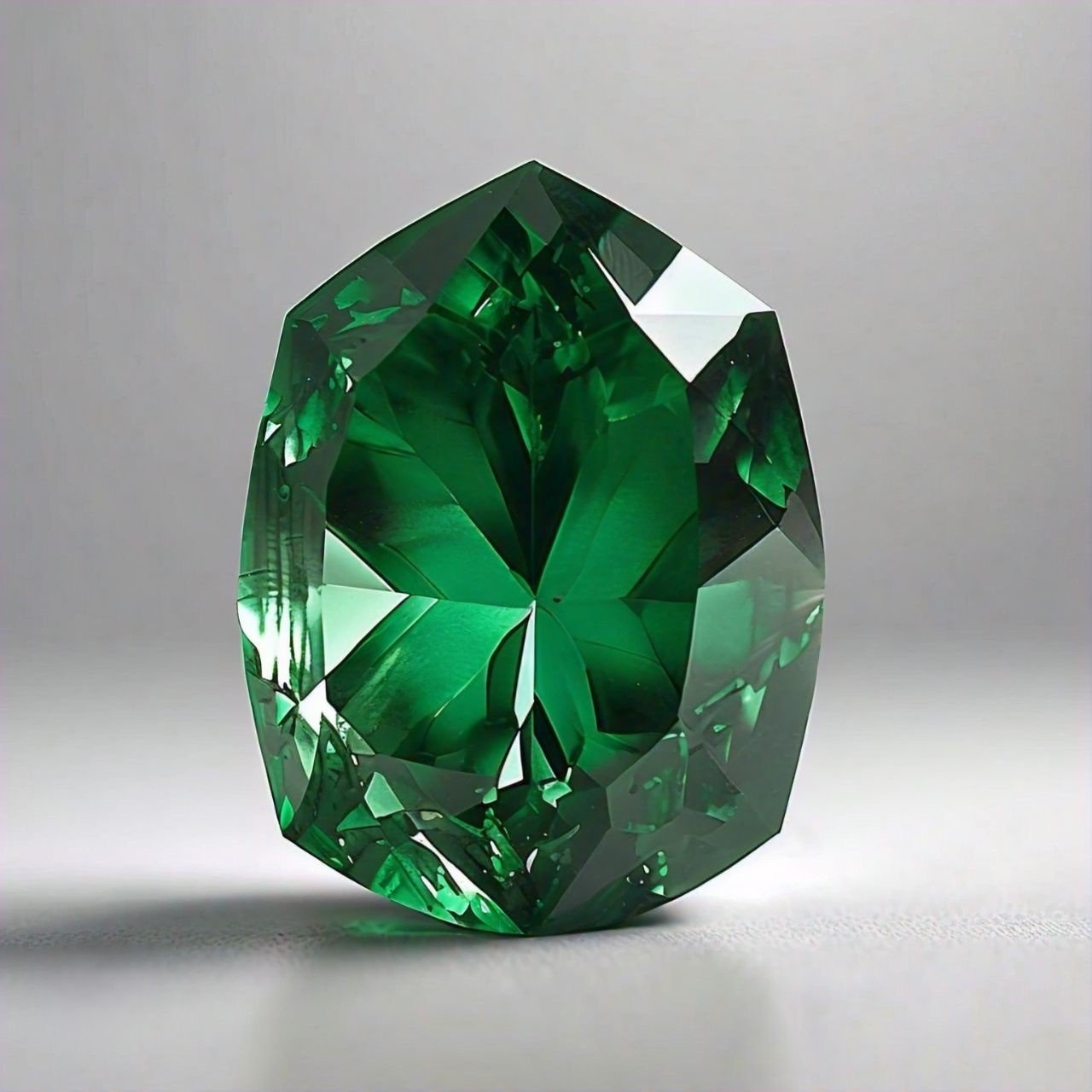
Emeralds: Timeless Elegance and Rich History
Emeralds are among the most precious natural gemstones, alongside rubies, sapphires, and diamonds. Recently named Pantone's "Color of the Year" for 2013, emeralds continue to captivate with their stunning green hues. Emeralds belong to the beryl family, with their vibrant green color resulting from trace amounts of chromium and sometimes vanadium. Depending on the concentration of these elements, emeralds can range from light green to deep, dark green. Known for their beauty and symbolism, emeralds have represented rebirth and love for centuries.
Color: The Defining Characteristic
When evaluating emeralds, color is the most important factor, broken down into three components: hue, saturation, and tone. The ideal emerald for an engagement ring is wellsaturated and bright. Emeralds come in hues from yellow-green to blue-green, with green being the primary hue. The most desirable emeralds exhibit a bluish-green to green color with vivid saturation and a medium to medium-dark tone. Highly prized emeralds are transparent with even color distribution and no visible color zoning. Secondary hues include yellow and blue, but when too yellowish or bluish, the stone is classified as a different beryl.
Clarity: Natural Inclusions and Treatments
Emeralds typically have numerous inclusions and surface-breaking fissures. Unlike diamonds, which are graded for clarity under 10X magnification, emeralds are graded by eye. An emerald without visible inclusions to the naked eye is considered flawless. Stones free of surface-breaking fissures are extremely rare. Most emeralds undergo treatment, such as "oiling," to enhance their apparent clarity. The most expensive emeralds are eye-clean with an intense primary green hue, minimal secondary hues, and a medium-dark tone.
Global Sources and Variations
Emeralds are sourced from various locations worldwide, each contributing to their unique characteristics. Notable sources include Colombia, Zambia, Brazil, and Zimbabwe, with each region producing emeralds with distinct qualities.
A Spectrum of Beryl
Emerald is just one variety of the mineral beryl. Yellow or orange beryl is known as heliodor, pink or salmon-colored beryl as morganite, and the rare bixbite is a deep, intense red. Emeralds, however, stand out with their deep, intense green, sometimes showing light green or yellowish tinges.
At Videh, we offer a curated selection of emeralds, each chosen for its exceptional color, clarity, and cut. Explore our collection to find the perfect emerald that symbolizes timeless elegance and enduring love.


